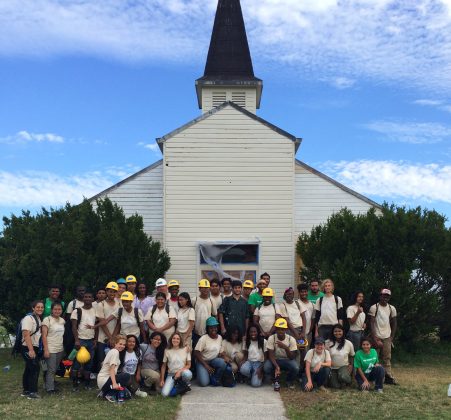
From July 10 to 15, 57 youth and youth leaders from three Groundwork Trusts converged on Fort Tilden, in the Gateway National Recreation Area at the edge of New York’s Rockaway Peninsula, to restore a historic chapel. The restoration project was made possible by a grant from the National Fish and Wildlife Foundation (NFWF) and the Department of the Interior (DOI).
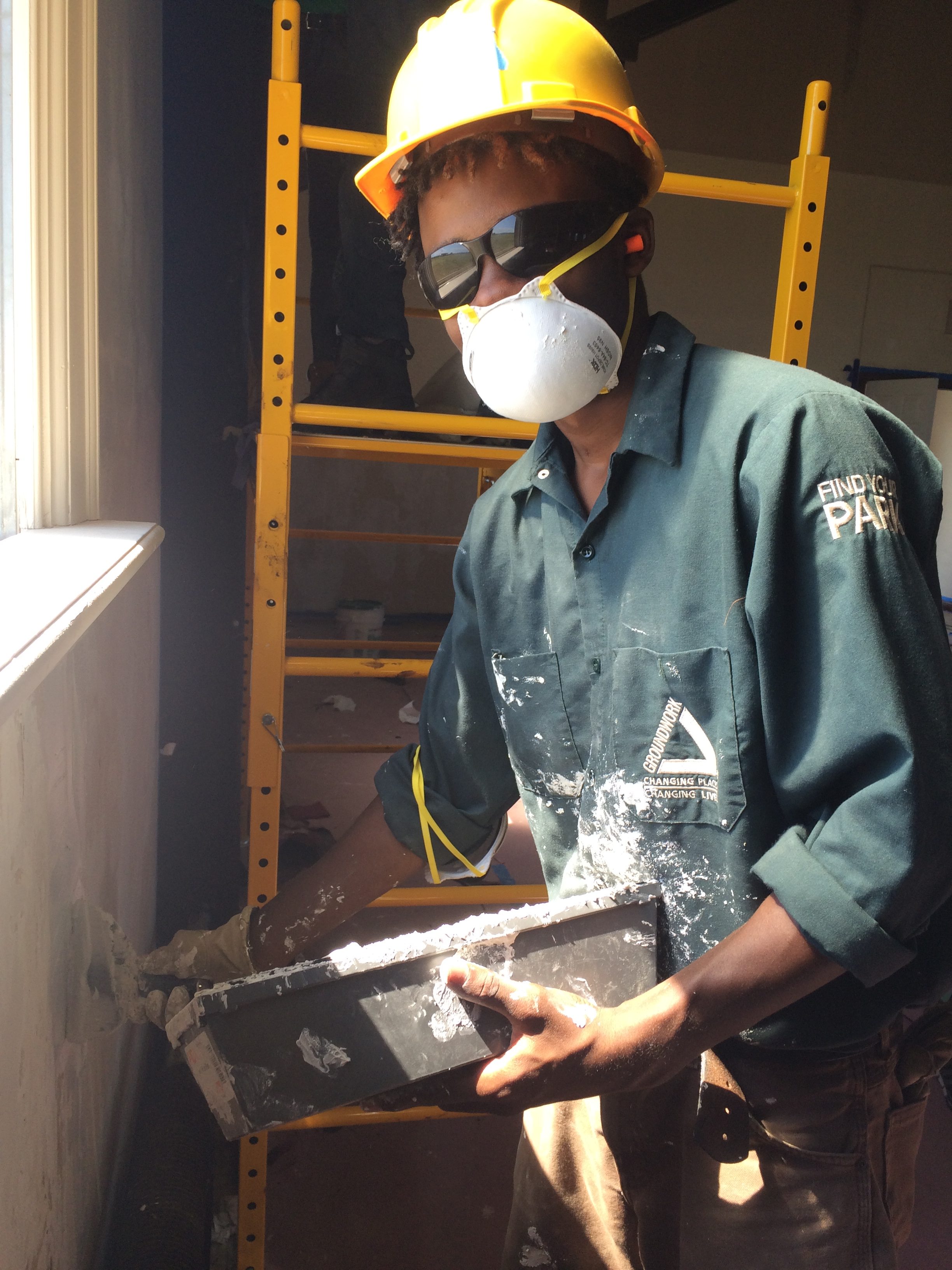
Youth Leaders Roger Osorio, Sara Smith Sell, and Leo Gobbato led the Groundwork Hudson Valley Green Team. Youth Leader Tanner Burgdorf managed the Groundwork Bridgeport Green Team, and Youth Leaders Adriana Morocho and Anthony Weisenbacher headed up the Green Team from Groundwork Elizabeth.
Curt Collier, Groundwork USA’s National Youth Programs Director, helmed the restoration. “We took on this project because we want our youth to develop the skills needed to change the built environment,” said Collier. “When youth successfully complete such a large project, they begin to understand that the built environment is truly malleable, and that things can be restored and refurbished.”
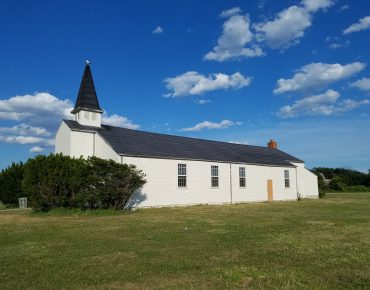
A former United States Army installation, Fort Tilden was established in 1917 and used in every US war through the Cold War. The chapel was originally built in 1952. Through the decades, it saw a number of events and celebrations near and dear to the military personnel stationed at the base, such as weddings and memorials, and provided a place of spiritual solace during times of war. However, over the years, the chapel fell into disrepair, a victim of diminishing maintenance and budget cuts. Hurricane Sandy barraged the structure in 2012, leaving it badly damaged.
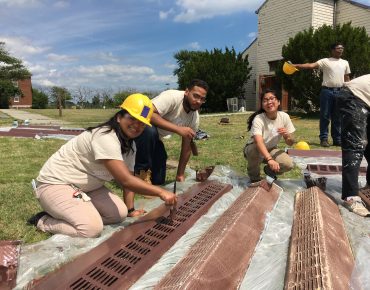
Groundwork USA took on the project to restore the chapel and to return it to its 1952 visage. The Green Team youth re-built and re-plastered the walls, removed wainscoting, and repainted the entire facility, inside and out.
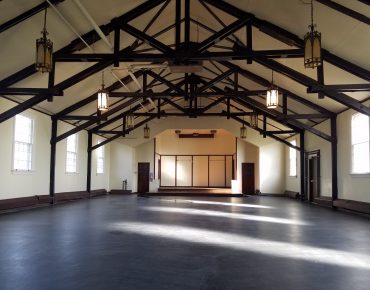
According to Smith Sell from Groundwork Hudson Valley, “This was the biggest project that our Green Team has ever taken on, and the youth learned a variety of new skills during the week, including how to repair sheetrock, how to cut and hang trim, and how to set up a tent.”
She stressed how the project provided a unique opportunity for the youth to be involved in the transformation of such a large and public space. “I think that they will carry that experience with them for a long time because it is pretty powerful.”
“The restoration project at Gateway National Recreation area was an incredible accomplishment,” agreed Burgdorf from Groundwork Bridgeport. “I was most impressed with the youths’ ownership of the project. Each step of the way, they worked as a group to get tasks completed. I admired their willingness to try new things and assist other groups.”
“This is impactful because it helps the youth understand the built environment where they live can also be changed,” added Collier. “Throughout the week, we heard again and again the youth declare, ‘Wow, I know how to do this now!’ For me, as national youth program director, focusing on changing places and lives, that’s exactly what I want to hear.”
Erik Olsson is a graduate student at Binghamton University studying Sustainable Community Development.
